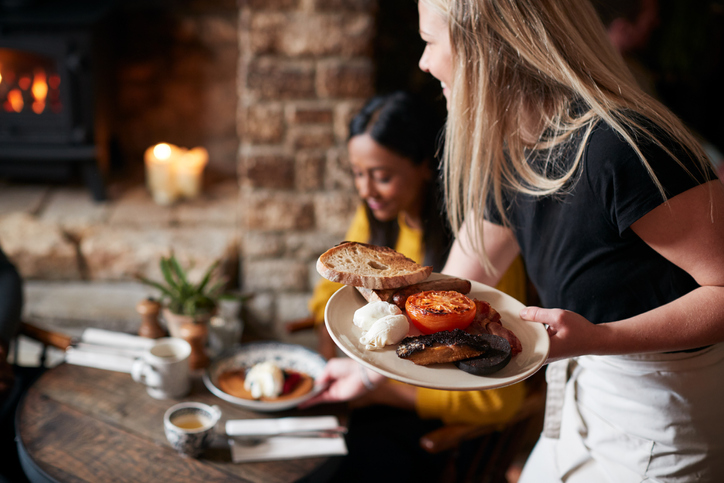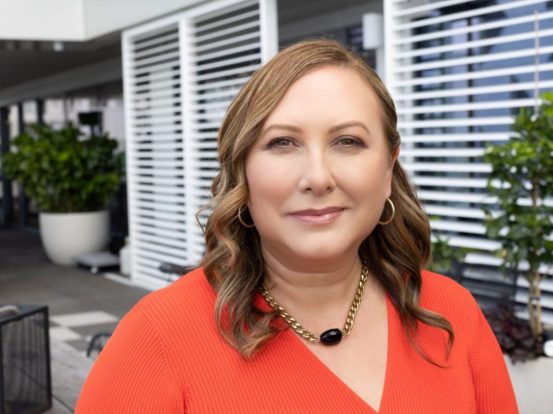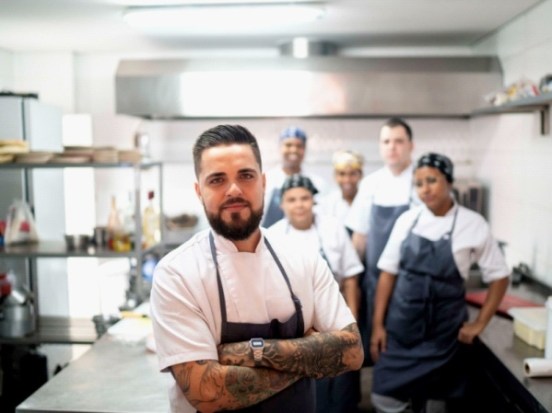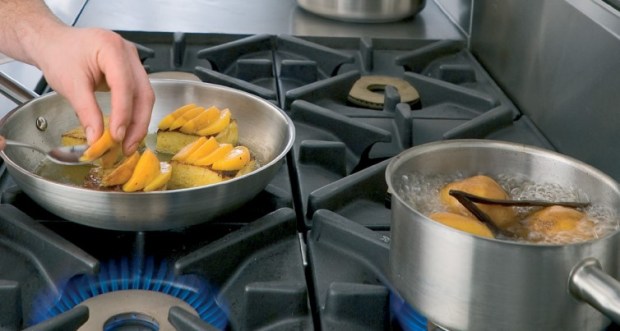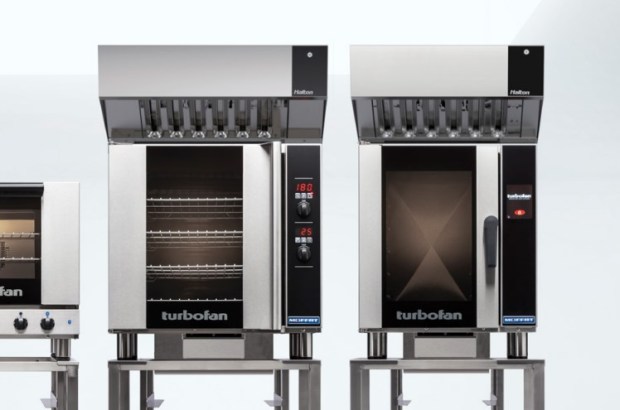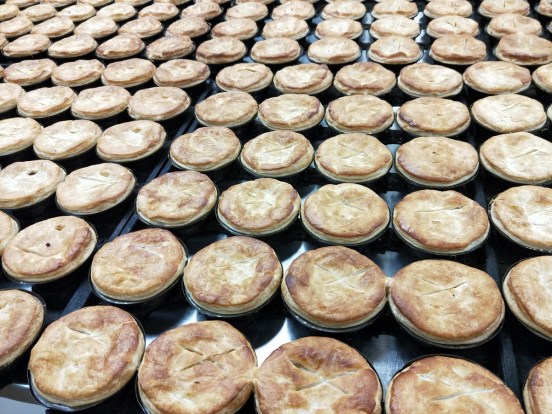While hospitality outlets sighed with collective relief at the opportunity to open at Level 2, at the weekend the industry also faced a movable feast of new rules to navigate.
A survey released today conducted by the Restaurant Association of New Zealand has shown that Level 2 restrictions and last minute changes to rules are creating further complexity for the industry which is doing its best to keep up to speed with its responsibilities.
Feedback from Restaurant Association members following the first weekend of trading has shown that 30 per cent of businesses opened for the first time since lock down.
Twenty four per cent stated that their turnover was down on trading from this time last year with forty three per cent stating significantly reduced revenues. Most members also felt that the additional rules at level 2 and last minute changes were creating added complexity in what is an already challenging environment.
“Our Association has spent a significant amount of time writing guidelines for the industry to give each type of business time to understand its compliance responsibilities and make the necessary operational changes,” says Restaurant Association CEO Marisa Bidois
“However, last minute changes to rules without sufficient notification have made the first weekend incredibly challenging for our businesses. “We’re at the coalface trying to help members who are just looking for clear and consistent information.
“Whilst we have been consulted we are not responsible for making final decisions around rules and unfortunately we’ve found that the guidelines we’ve discussed and agreed come back looking quite different.
“The Public Health Order that came into force the night before we went into level 2 appears to indicate that our industry is now no longer able to offer counter service unless it is for a takeaway order. This is something that we seeking clarification on.
“Single server was previously stated as ‘where possible’ but has since become mandated. This rule is particularly challenging, given the changeover of staff between shifts, rest breaks and serving larger groups.
“The additional costs required to lay on more staff is increasing wage bills and with fewer tables to serve, for many it’s making the cost of reopening too high.
“Feedback from our businesses has shown that these two rule changes are proving extremely restrictive. Many cafes are just not set up for full seated table service and this is restricting their revenues.
“A last minute rule change around contact tracing means it appears that restaurants do not have to collect details of takeaway customers and a variation in the distancing of rules for takeaway has also not been made clear. This is confusing for both businesses and diners, many of whom have expectations of our businesses that in some cases are not correct. Again, we seek further clarification on this.
“The industry is committed to doing its part to make sure we keep this virus under control but we cannot do this with constant rule changes,” concluded Bidois.
A variety of businesses visited by Hospitality Business over the weekend witnessed a range of compliance, from excellent to partial as many operations tried to interpret the guidelines. One hotel superseded expectations while another operation failed to gather contact tracing information and had three servers for one table of five.


